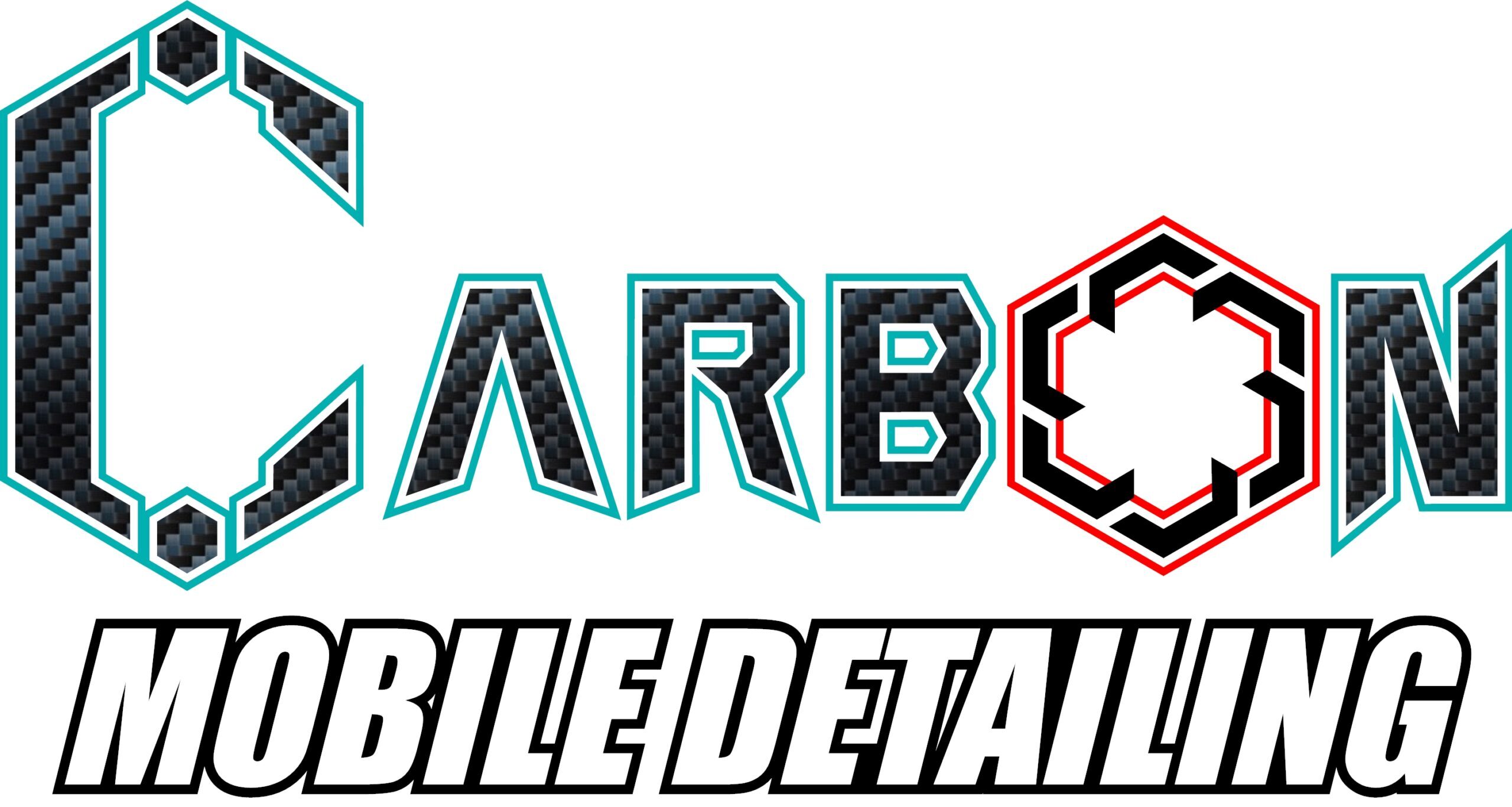Car detailing is like the ultimate car wash. During the detailing process, very specific chemicals and tools are used to accomplish three main goals.
1: The first goal of car detailing is to deep clean your car and make it look brand new, at a much lower cost than a paint correction. While a detail will not remove paint swirls or scratches, it will bring out gloss and shine by removing dirt and contaminates that get embedded into the paint. A detail goes far beyond the standard wash by using specialized chemicals and a specific process to clean every nook and cranny.
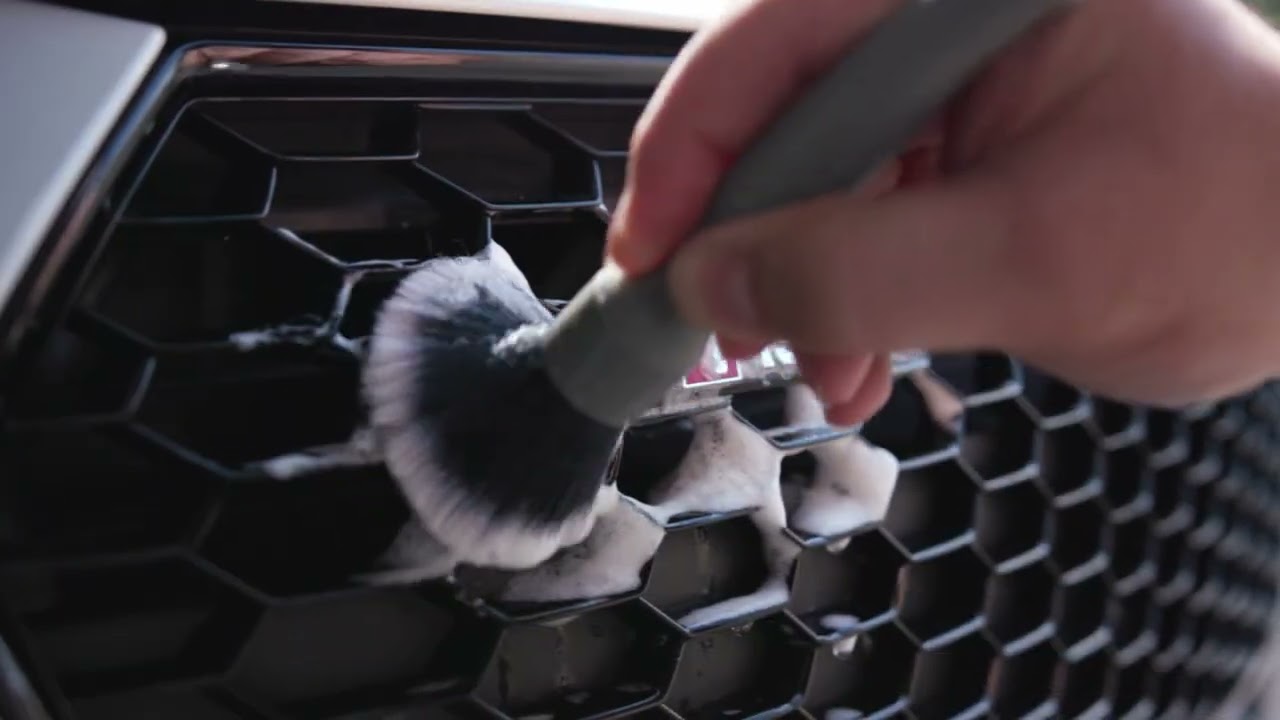
If a detail doesn’t remove scratches, why not get a paint correction? A paint correction polishes the paint by removing some of the clear coat which makes scratches disappear. A common misconception is that it is “removing” scratches, however it is actually just thinning the clear coat, lowering it to the depth of the scratch. This is a more extensive process that can range from a few hundred to a few thousand dollars depending on the condition of the paint. This is the only method to make your paint look perfect however it does remove clear coat, therefore cannot be done an infinite number of times. If you decide to go the route of paint correction, we strongly recommend following it up with a paint protection film and a ceramic or graphene coating to prevent scratches from returning, which can happen quickly, especially on daily drivers.
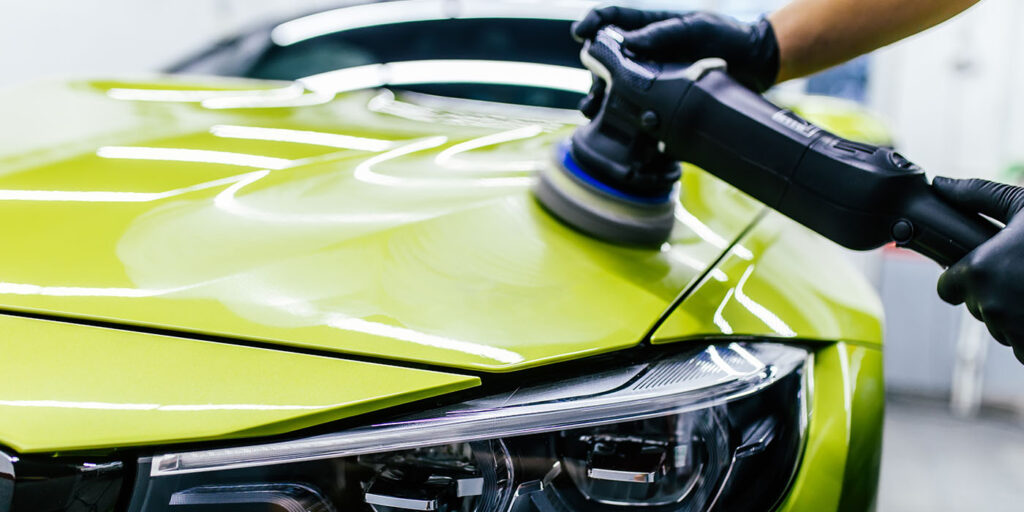
Some waxes like this have “filling” properties that temporarily fill light scratches and swirl marks, therefore giving the paint a more polished look. While these waxes look great, ultimately, they are just a temporary cover up not a correction. We apply some of the best waxes after a detail to give cars that extra wow factor.
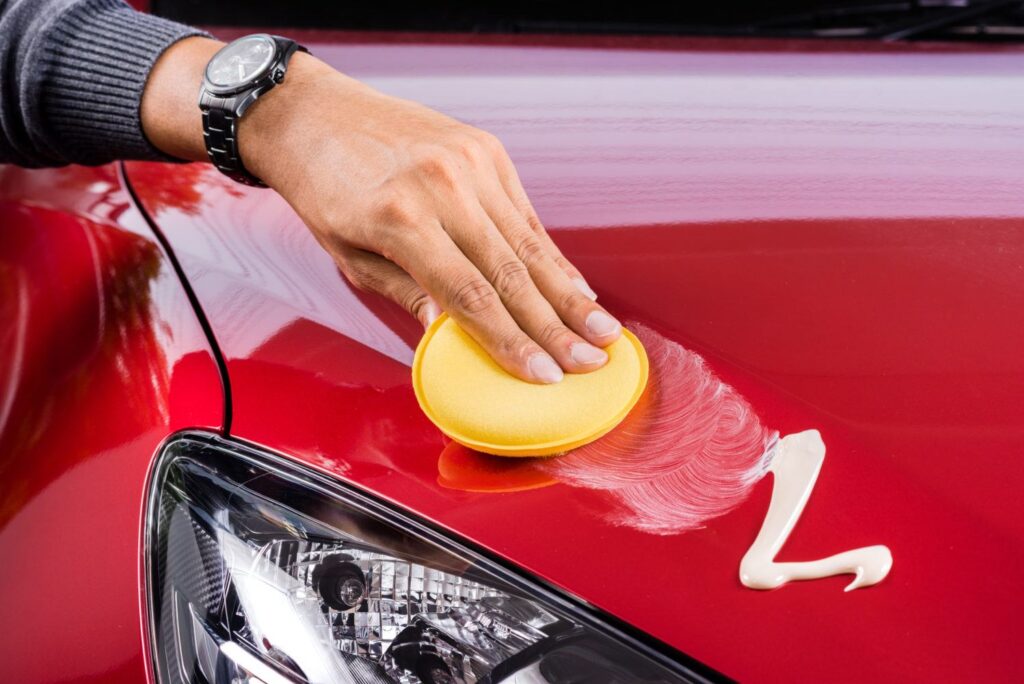
2: The second goal of car detailing is to remove harmful decontamination. This goes hand in hand with deep cleaning, but this process requires additional steps, chemicals like iron remover, and tools like clay bars to extract everything from the paint. On a day-to-day basis, your car is exposed to millions of microscopic particles in the air that get embedded into the paint. Add on road grime, bugs, bird droppings, water spots, and dirt, and your paint is littered on a microscopic level. Imagine paint is like your skin. There’s thousands of tiny hills and valleys in your paint that are like pores that trap all of these contaminates. These cause your paint to appear cloudy, be prone to swirls and micro-scratches, and make it look dirtier even after a wash.

3: The third main goal of car detailing is protection, especially after any form of decontamination. As you can see in the picture above, those tiny hills and valleys cover your car’s paint. Once we remove those contaminates those hills and valleys are exposed to refilling, or worsening. Applying a form of protection such as a wax, sealant, or coating creates a barrier. Waxes and sealants are short term. Some can last up to 6 months in real world conditions. Coatings are more long term and can last for years but cost much more and require extensive preparation. A further breakdown of the differences can be found here.
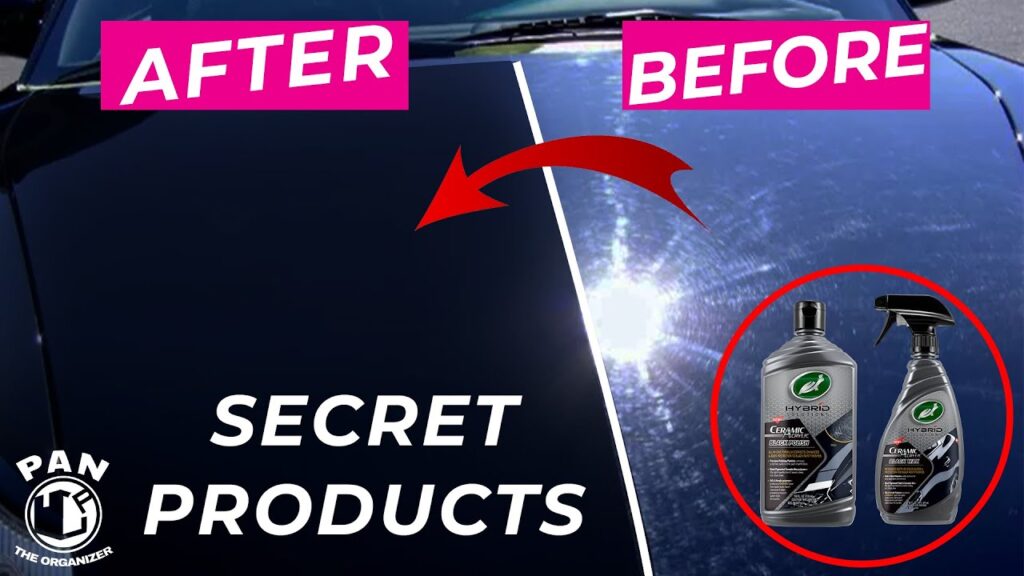
There are a wide range of ways to take care of your car. With each ascending level comes an increase in price, preparation, and precise application. The keys to remember are to ensure you are deep cleaning your car, removing harsh contaminates, and adding protection, or contact us to come do it for you.
